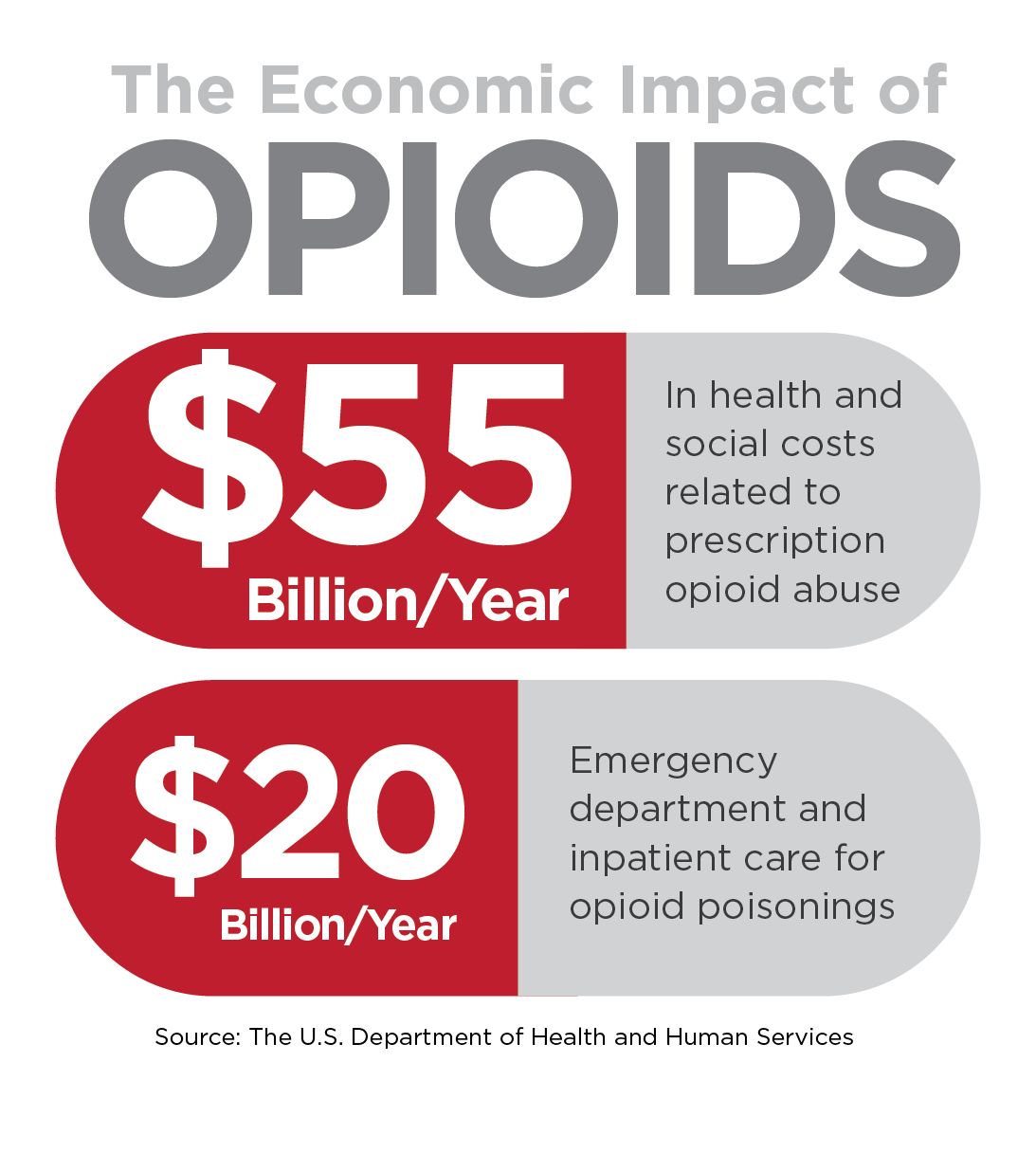The American dependence on prescription painkillers and synthetic opioids has exploded into a full-blown epidemic. It’s a 50-state issue with public health officials calling it the worst drug crisis in American history.
While many opioids are essential for physicians to manage patient pain, this drug class is highly addictive. When prescriptions become difficult to obtain or too expensive, people turn to using cheaper street opioids. The most common opiates used are:
- Heroin
- Hydrocodone
- Morphine
- Codeine
The personal and economic cost of opioids
The epidemic carries a high personal and economic cost. 91 Americans die every day from an opioid overdose1. And since 1999, the rate of overdose deaths involving opioids, including prescription pain relievers and heroin, nearly quadrupled.2
Screening for opioids
So how can you keep the opioid epidemic from harming your business? The first step is to screen for opioids and understand current screening capabilities.
Many factors – metabolism rate, age, liver and kidney health, and body weight – affect how long opioids can be detected. In general, though, saliva, urine and hair follicle tests can discover the most common opioids after last usage:
| Drug | Saliva Test | Urine Test | Hair Follicle Test |
| Heroin | 5 hours | 2 to 7 days | Up to 90 days |
| Hydrocodone | 12 to 36 hours | 2 to 4 days | Up to 90 days |
| Morphine | Up to 4 days | Up to 3 days | Up to 90 days |
| Codeine | 1 to 4 days | 1 to 4 days | Up to 90 days |
How Signet Screening can help
Signet Screening works closely with companies to develop the testing methodology that best matches their business needs. For more information about how drug screening can work for you, please contact us.
1 The Centers for Disease Control and Prevention
2 The U.S. Department of Health and Human Services






